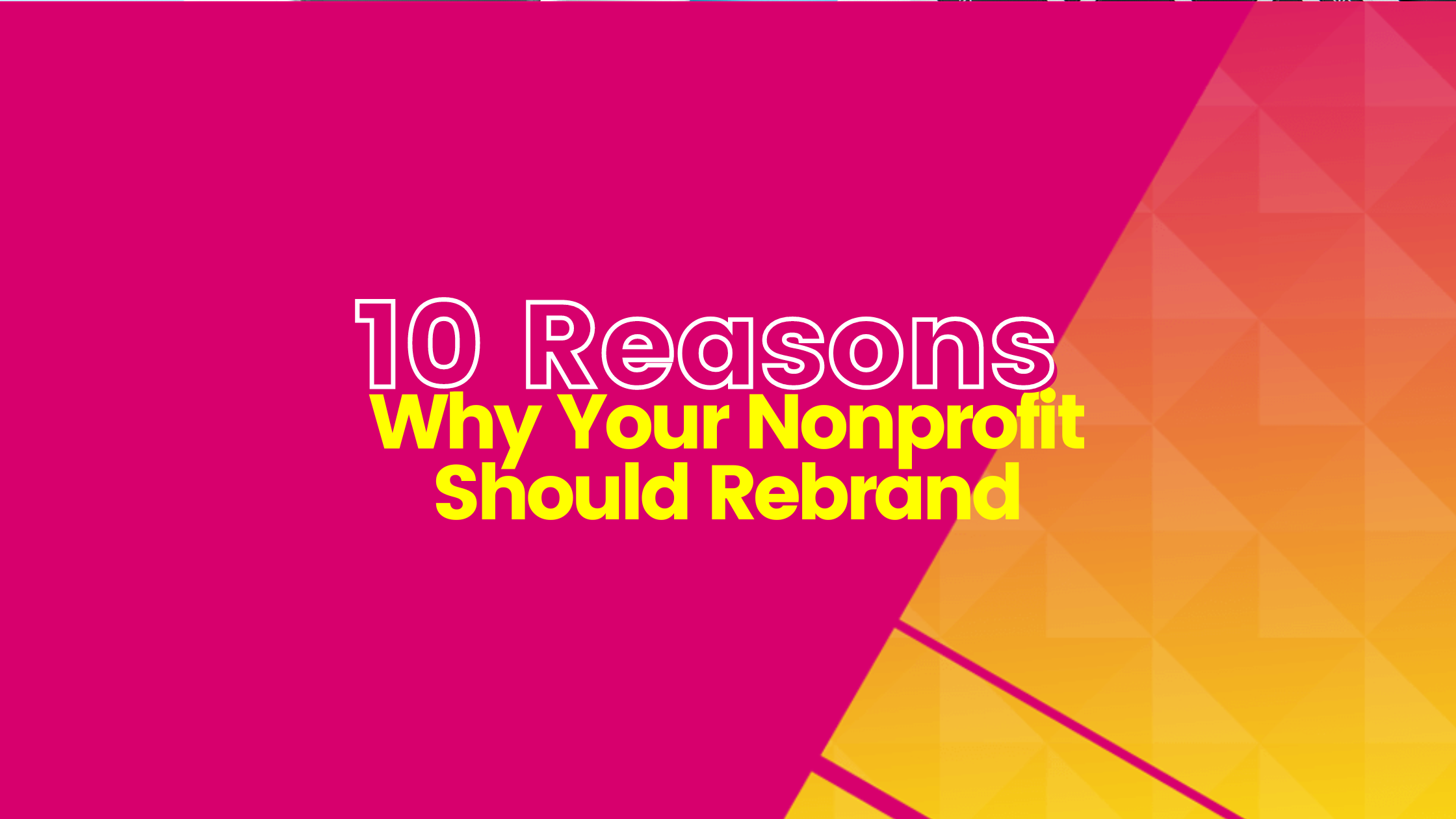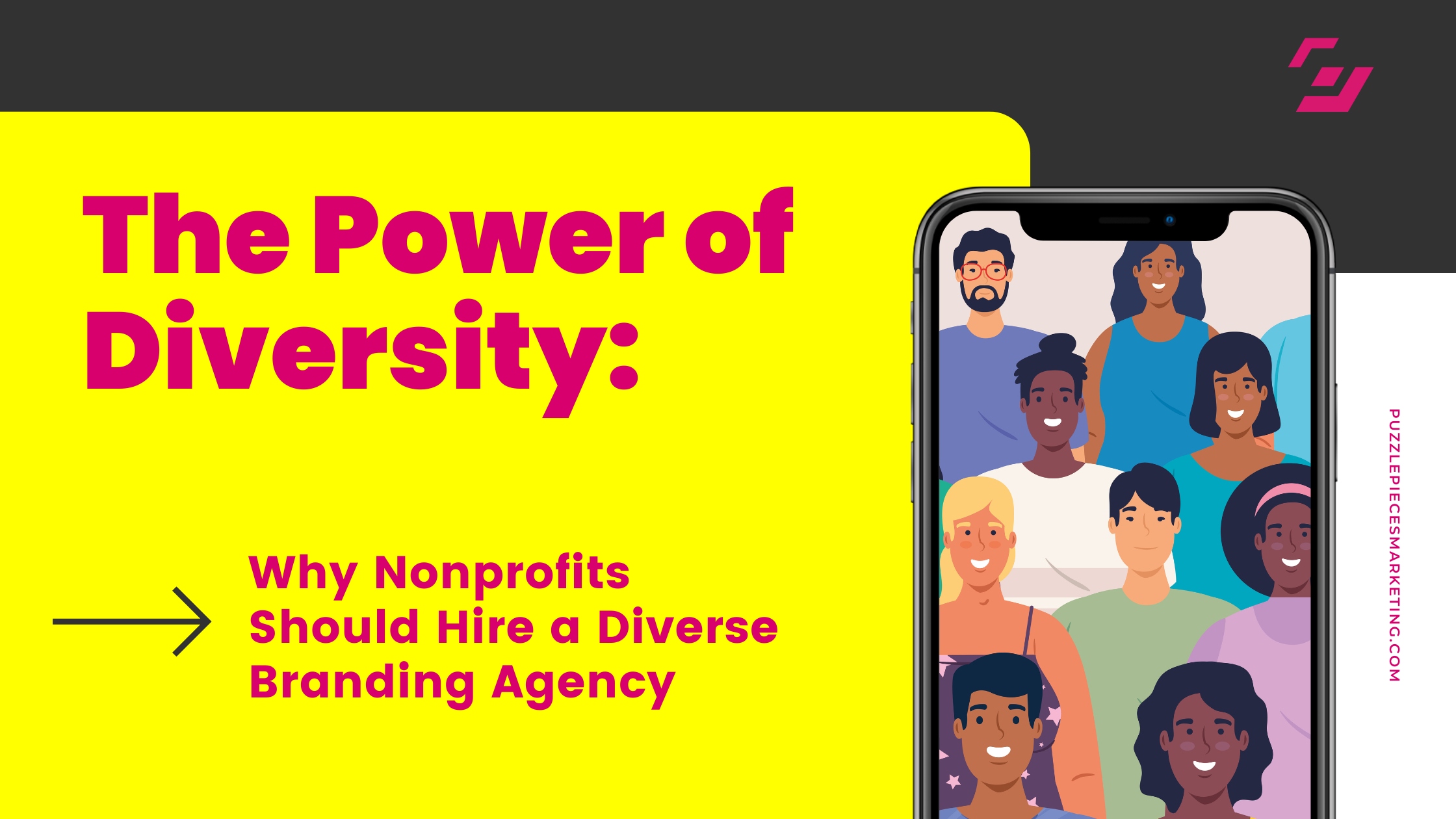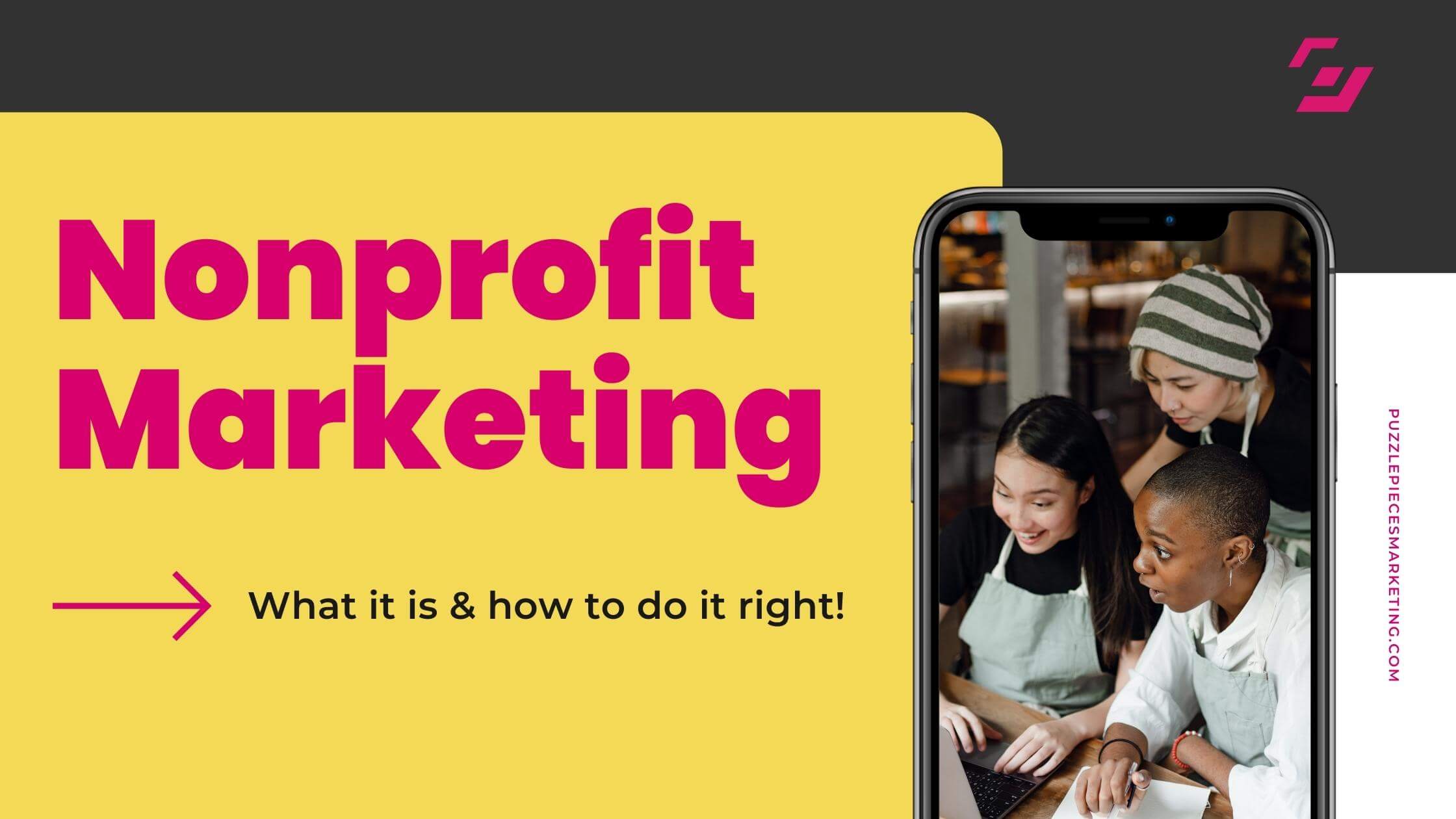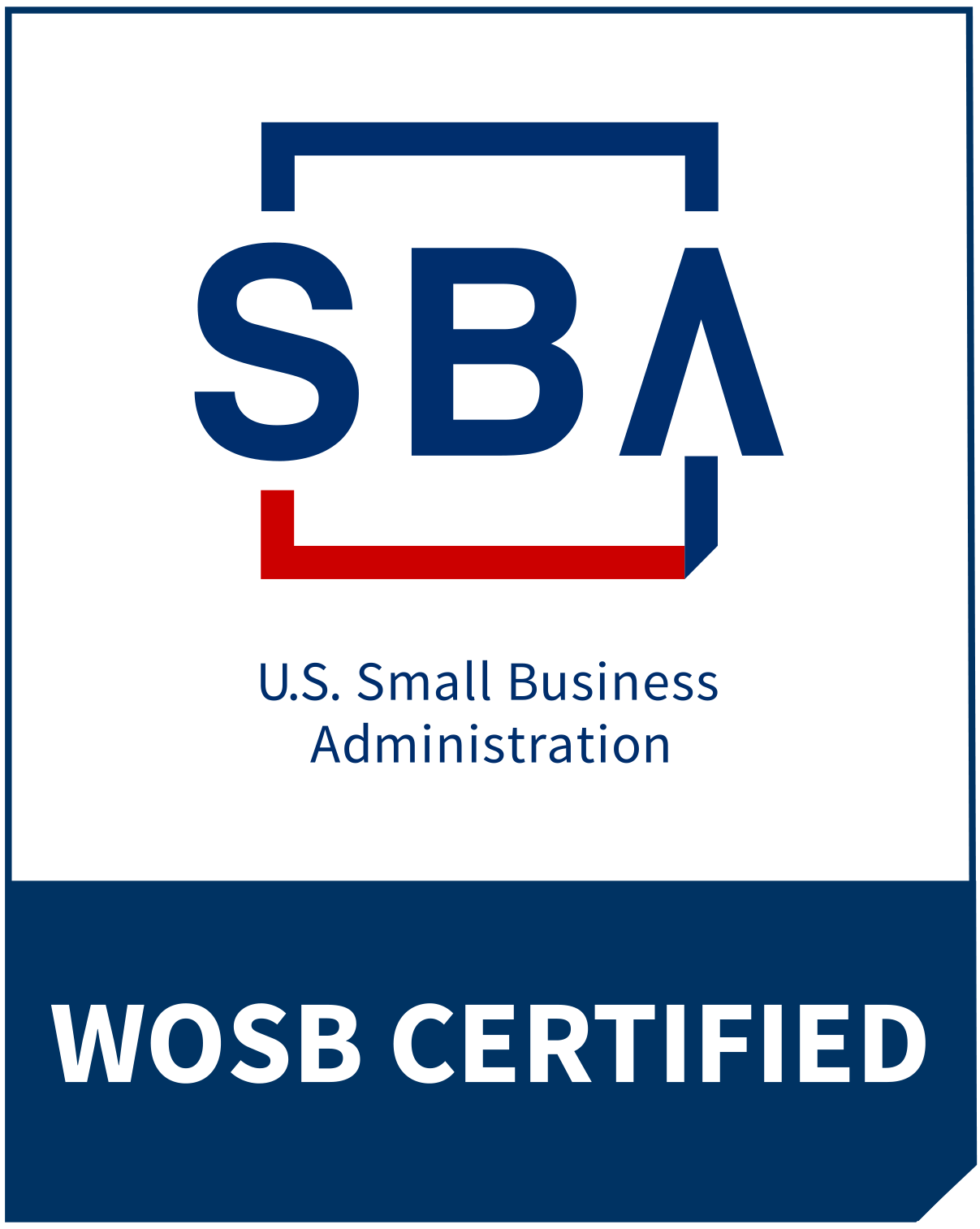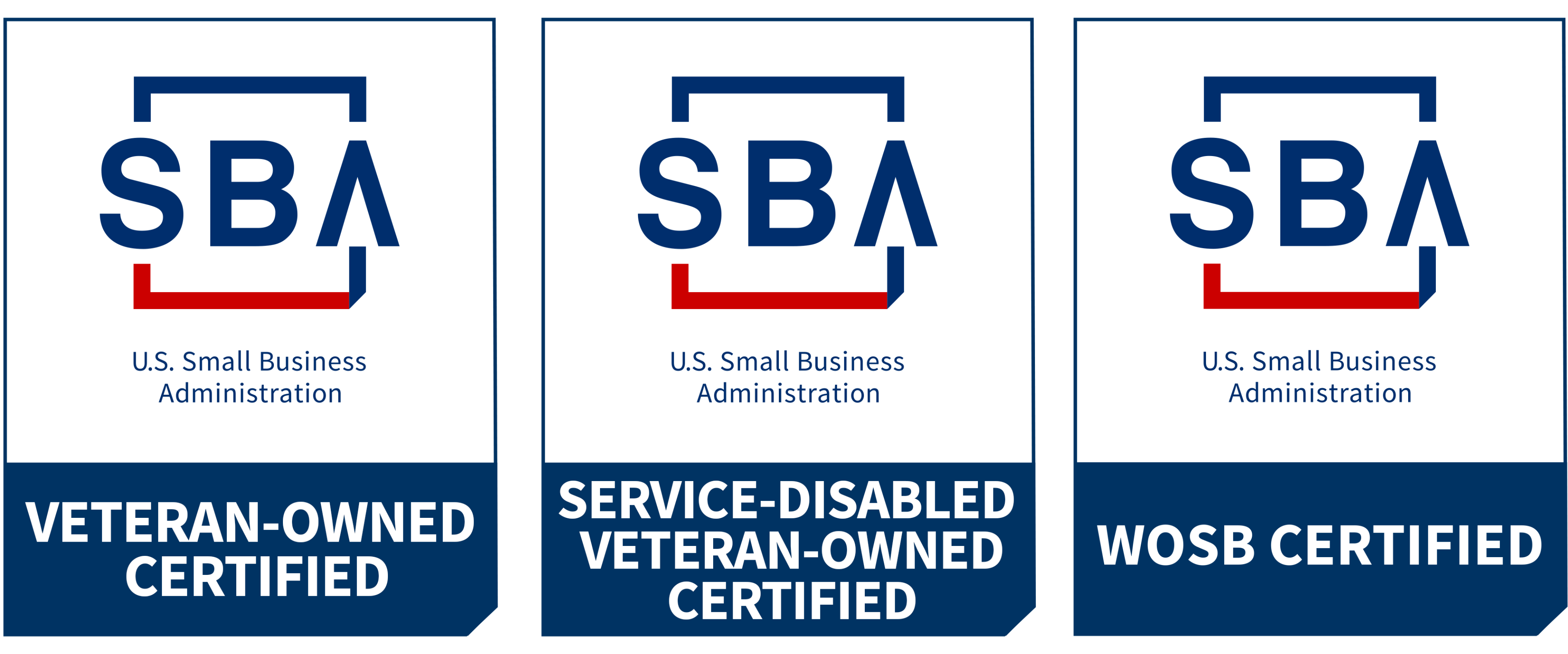5 SEO Small Business Tips
In the digital age, it takes more than word-of-mouth to be a thriving business—particularly if you’re running a small-scale operation. Most consumers want to support small businesses, but to compete with big league juggernauts, you first have to be seen.
So, what’s the digital equivalent of an inflatable tube man that screams, look at me? SEO.
SEO, or search engine optimization, is how everyone from individual entrepreneurs to business conglomerates reach their target audience using internet search queries (another fancy term for searching something on Google or Bing).
While the subtle mechanics of SEO are constantly shifting, there are five pillars your business can focus on beyond keywords.
1. Groom Your Profile
The first step to harnessing SEO for your business is to put your best foot forward online. Before you start fiddling with fonts on your website, make sure you have some key bases covered:
- Location, location, location – Whether you’re running your business from home or have a brick-and-mortar shop, search engines need evidence that there is some physical counterpart to your company. Claiming your business is as simple as logging into Google Places (or Bing Local or Yahoo Local) and swiftly moving through their verification process to add a phone number, address, and website to communicate your accessibility.
- Provide content – The dynamic nature of online media means that there is always a new opportunity to represent your business. Generate content strategically by incorporating keywords, building links between your content, and cross-platforming the content you provide on both your website and each of your business’s social media accounts.
- Paint a picture – Back in the day, SEO was strictly text-based, but with Google’s Multitask Unified Model (MUM) users can now use both text and image in their searches. With more visually-led searches, the more tools you have at your disposal to increase the findability of your business beyond text copy.
One game-changer in SEO has been the advent of “geotagging”—a way of pinning metadata to photographs so that Google can identify where a user is located based on where they’ve generated a piece of media. As a small business, you can use geotagging to push campaigns and special offers to increase your odds of locking in potential customers in your area.

2. Welcome all Reviews
The discoverability of your business isn’t just a matter of predicting your customer’s searches. Equally important is encouraging a steady flow of meta-content, provided by the folks who already patronize your business.
A few things to remember to start building your company’s library of reviews:
- Be confident when encouraging a review – When interacting with your customers, don’t be shy about requesting their honest feedback. Customer reviews offer a credible, approachable impression of your business to potential customers and allow your biggest supporters to express what you’ve done for them (and why they appreciate it) in their own words.
- Encourage pics – Alongside the glossy photos of your business you provide, photos taken by your customers are an excellent way of showing more facets of your business and your work. If a potential client is choosing between your business and a competitor’s, chances are they’ll be more interested in the option with more visuals that chronicle the experience.
- Don’t sweat the small stuff – Bad reviews aren’t necessarily a bad thing. They provide an opportunity for you to respond in a way that reassures customers that their criticisms are taken seriously. When responding, do so in a calm and helpful manner offering for further feedback in exchange for a discount or another opportunity to prove your business’ value.
3. Build Content to Help Your Customers
When churning out your website’s content, remember to get in the head of the person you built your business for. What would your customers put into the search box to find you and buy your products or service?
Let’s say you own an organic skincare company. If a searcher enters something generic like “moisturizer” into a Google search, they probably aren’t going to come anywhere close to finding you. If they enter “locally made moisturizer for sensitive skin,” that specificity could make you a better match—especially if you’re in their region.
The key takeaway is focusing on long-tail keywords and keywords that are location-bound.
4. Speak to Your Customer, Like Your Customer
You can thank Siri and Alexa for the escalating importance of voice on Google and competing search engines. In 2018, 58% of web users called on the voice search function to track down businesses in their area, and Oberlo reports that a whopping 71% of people favor hands-free voice searches over typing.
People tend to speak differently than they type, and by incorporating a more colloquial tone into your copy, you’ll anticipate this growing trend in searching via speech.
To infuse your business’ online profile with this conversational turn, you can make the following interventions:
- Use question-answer type structures for your web content
- Draft an FAQ page for your product or service
- Work with a marketing professional to revise the tone, syntax, and keywords in existing content
5. Make Your Website Mobile-Friendly
You need to ensure your business’ site can be viewed on your customers’ phones. More and more, customers are utilizing their mobile devices when scouring the internet. In fact, mobile users are the majority. In Q4 of 2021, 54% of search queries were made through a mobile device.
If you’re still looking at your business from the perspective of the hardware of yesteryear, be sure to consult a marketing agency or web designer. They can help ensure your platform is built to succeed in an online world that’s buzzing with life in the palm of your customers’ hands.
For All the SEO Tips and Tricks, There’s Puzzle Pieces
SEO has revolutionized the way customers seek out brands, but keeping up with the ever-changing rules of the game is no small feat. To find your niche and make SEO work for your business, you need to partner with a strategist skilled in the dynamic world of online marketing.
At Puzzle Pieces Marketing, we’re here to help nonprofits hit their stride in the complex world of online marketing so you can reach customers and donors. For more insight into how we can help transform your impact through SEO, reach out to us and schedule a consultation.
Sources:
Tech Crunch. Google introduces a new way to search that combines images and text into one query. https://techcrunch.com/2021/09/29/google-introduces-a-new-way-to-search-that-combines-images-and-text-into-one-query/
Bright Local. Key Voice Search Stats. https://www.brightlocal.com/research/voice-search-for-local-business-study/
Oberlo. 10 Voice Search Statistics You Need To Know In 2021 [INFOGRAPHIC]. https://www.oberlo.com/blog/voice-search-statistics
Entrepreneur. The How-To: Leveraging SEO Optimization In 2022. https://www.entrepreneur.com/article/392147



